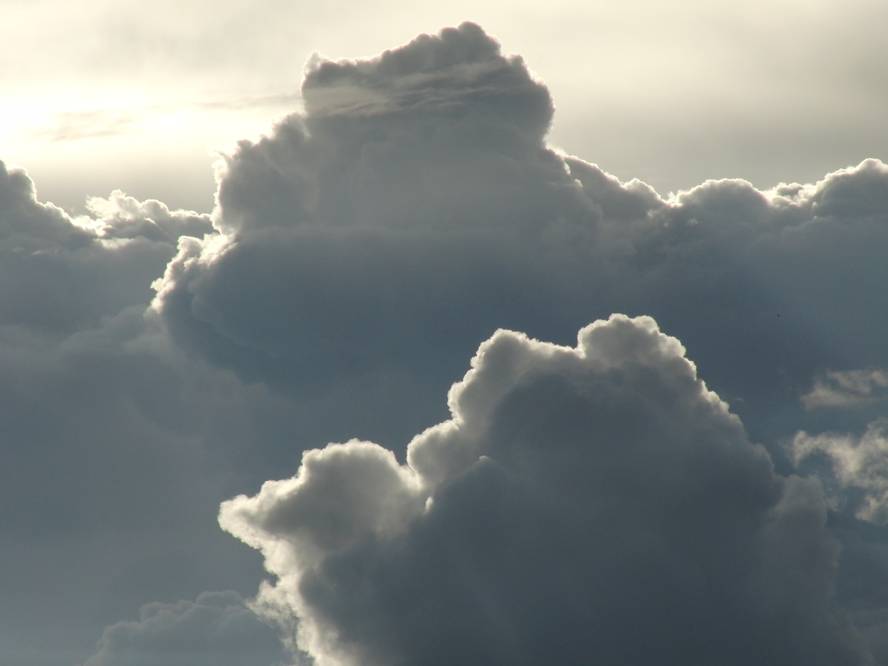Bacteria in the upper atmosphere!
To investigate the hurricanes, NASA scientists took samples of air through planes and in the samples collected in 2010 found a surprise. There were many bacteria in this air that were 10 kilometers away. Much more than expected. The 20% of the particles collected were bacteria. A total of 314 types of bacteria were found.
The communities of microorganisms that live in the air, if not from the interior of the buildings, have not been studied much. But it is known that there are bacteria that live in the air and that the winds expel even more. Highlights in storms and hurricanes. And that's what researchers have discovered, that is, these meteorological phenomena extend through the atmosphere and can reach over 10 kilometers.
The planes have received air before, during, and after the hurricanes. Investigating hurricanes, samples have been taken from the Gulf of Mexico, the Caribbean Sea, the Atlantic Ocean and the U.S. land area. All this air has been analyzed by the microbiologists of the Georgia Institute of Technology.
This study, in addition to the bacterial populations present in the upper atmosphere, aims to analyze their incidence in meteorology. In short, the particles in the air intervene in the formation of clouds; on its surface the water begins to condense, more water is condensed around that liquid (or solid) water, etc. to form the cloud itself. This participation of the particles is called the nucleation process. The NASA samples have shown, for example, that the bacteria can reach a height in which there are few particles of dust, causing nucleation and contributing in the long run to the formation of clouds. Now, and especially after analyzing the air received by NASA, meteorologists want to investigate that. It may be necessary to take into account the action of small bacteria in the formation of giant hurricanes.







